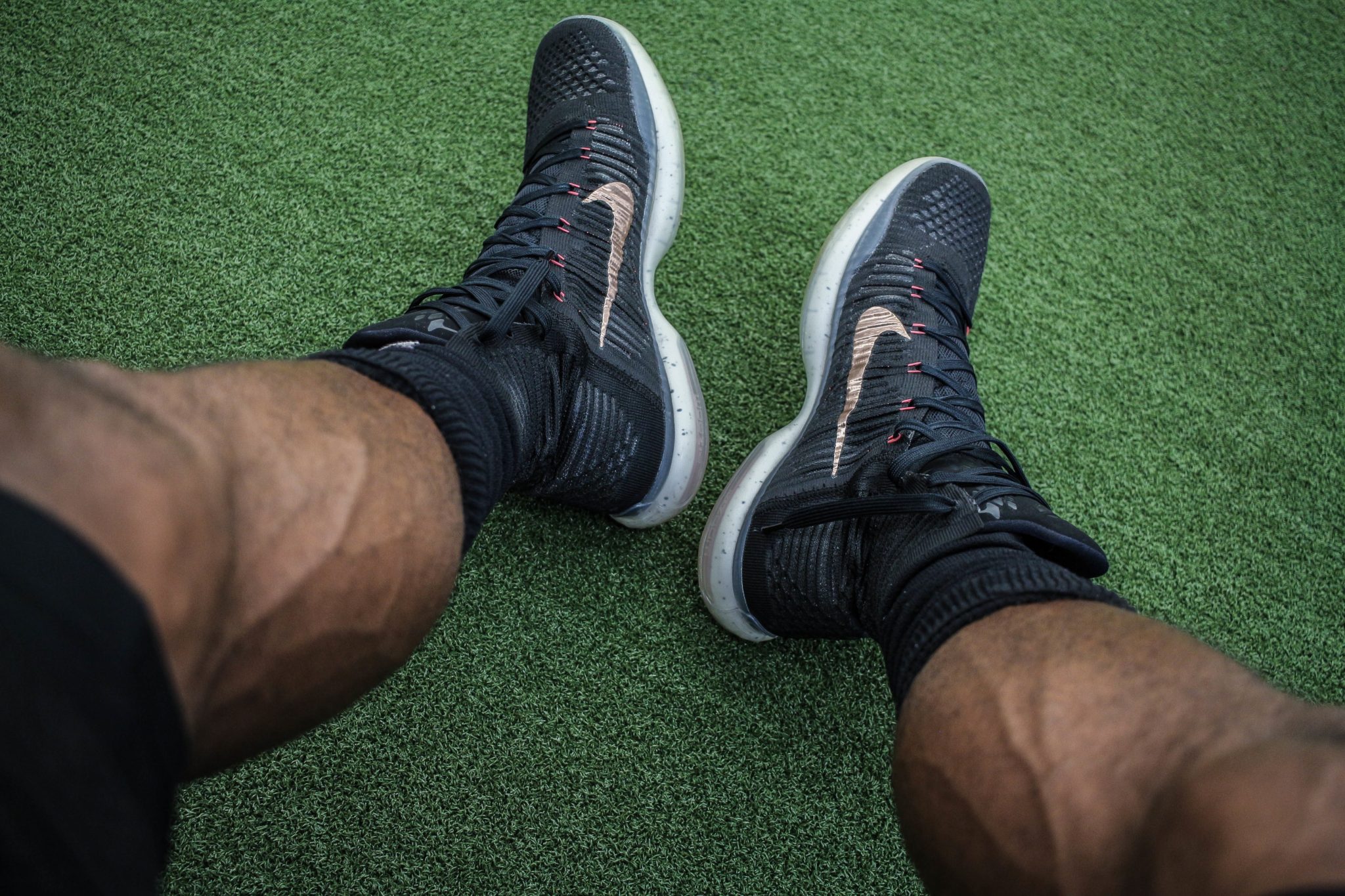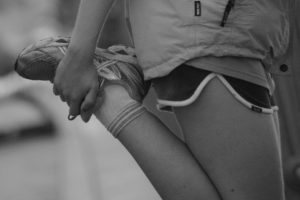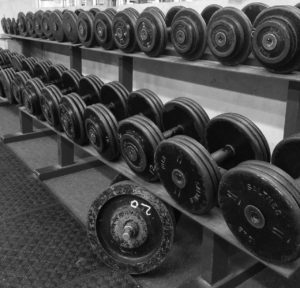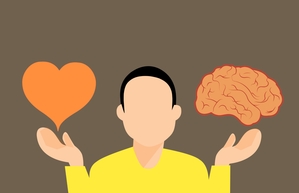NO PAIN, NO GAIN – Misconceptions of DOMS
“No pain, no gain!” “Pain is weakness leaving the body.” These little sayings/idioms have bred the ideology that lifting, exercising and overall performance must be brought about through bouts of self-inflicted agony, all in the ‘name of gains’. It has been a long-held belief that DOMS is not only the precursor to muscle building (5), but it is also the key way to determine your level of progress/exercise intensity (10).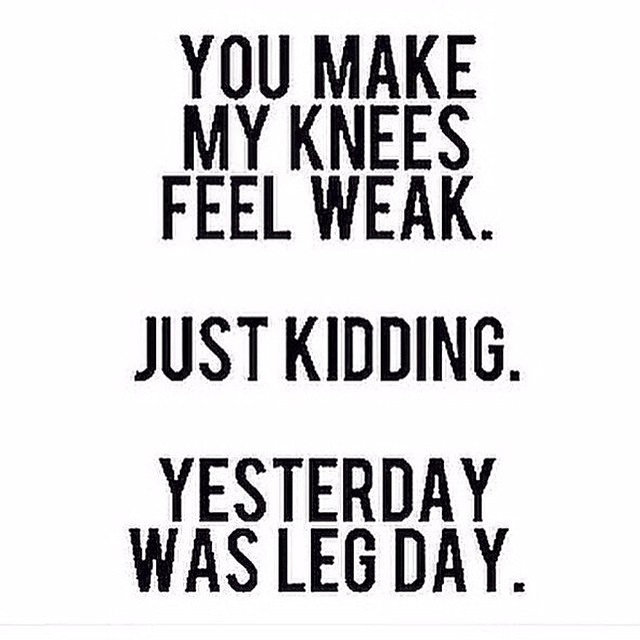
Not only is this outright and irritatingly wrong, but I believe it is one of the reasons why so many people’s motivation and training consistency becomes so varied and so to does their rate of progress.
Now keep in mind, being excessively sore and causing microscopic breakdown of muscle tissue (muscle damage) are two very different things. DOMS refers to the painful sensation experienced 24-48 hours following training.
Symptoms include (2):
- Significant strength loss
- Pain and tenderness
- Stiffness
- Swelling
- Limited motor unit activation
Many people may disagree with me on this topic. But note, you’re not disagreeing with me, you’re disagreeing with a plethora of research and strength practitioners the world over.
WHAT IS DOMS?
When referring to the pain you experience following training/DOMS, the physiological processes that result in pain are still relatively undecided. Recent literature suggests that it is caused by small tears in connective tissue, that results in increased sensitivity of pain receptors (8, 12). Pain can then be made worse by oedema/blood pooling, in the affected area, in which the swelling creates pressure within the muscle fibres themselves, resulting in further pain sensation (1, 13).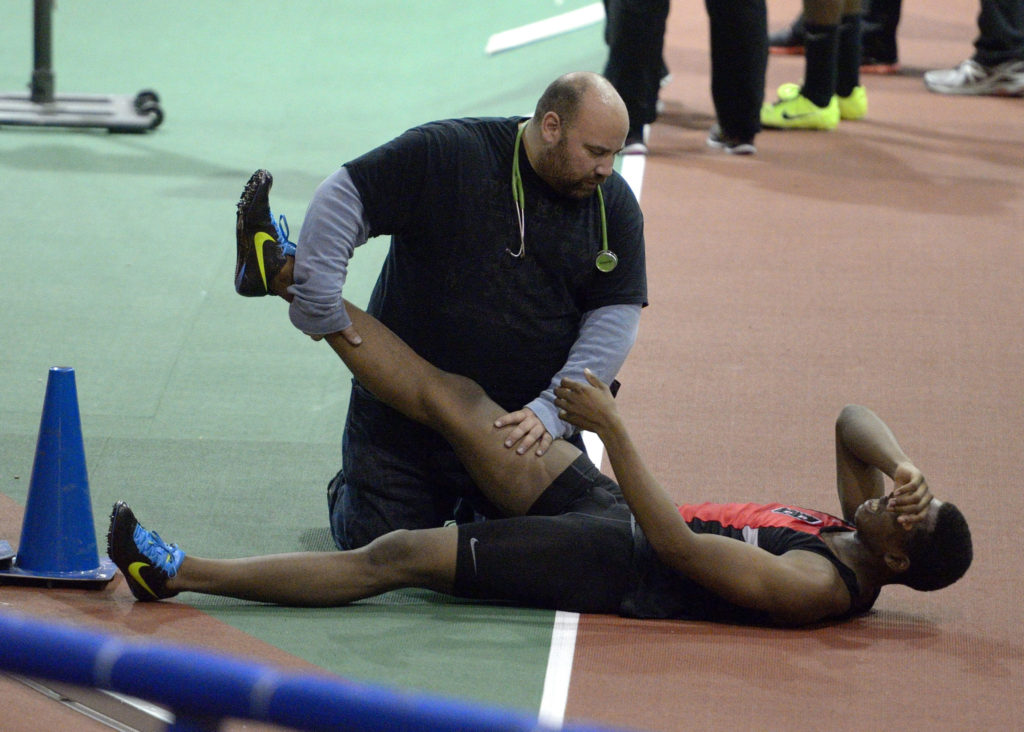
“IF YOU’RE SORE, YOU DIDN’T WORK HARD ENOUGH”
BULLSH*T. Outright, unequivocally and stupidly wrong. Being sore is not and never should be an indicator of a “good workout”. It’s an indicator of inadequate recovery from the stimulus you have exposed your body to. Before I even dive into the research, just use your common sense. If you perform a leg session and push yourself, then you go straight home and straight to sleep. No post workout protein, no active recovery, nothing. Chances are you’re going to wake up in pain the next day, right?
However, let’s suppose you go about the same workout with a slightly different approach. Following your training, on the way home, you get your necessary post-workout nutrition including a protein based meal (4). Then you go and get a sports massage to potentially relieve some pain (6) along with some cryo-therapy (2) and utilise all the available recovery mechanisms worldwide! Using the mindset that you MUST be sore for the 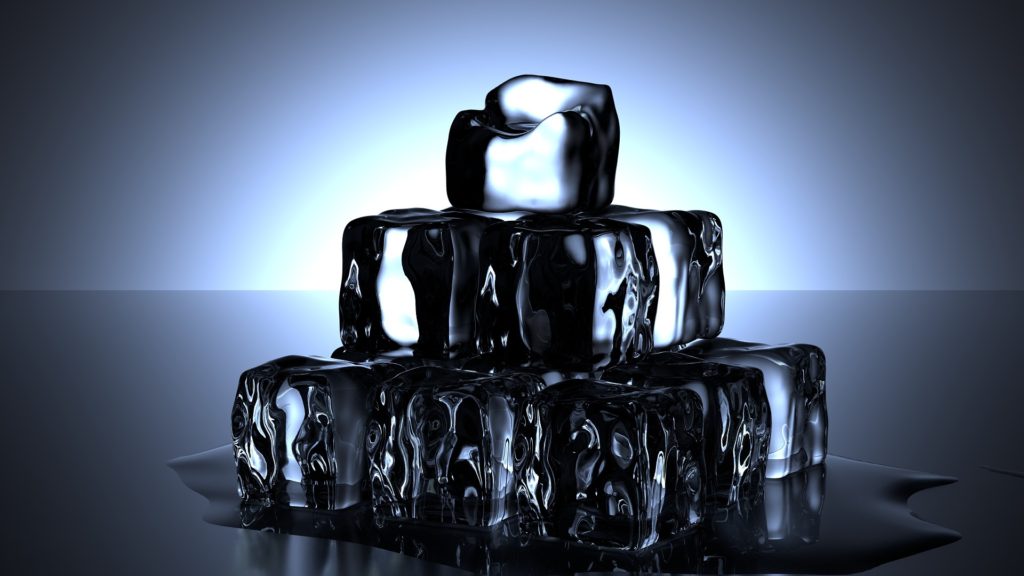 workout to have been effective, the second scenario wouldn’t have been as effective as the first.
workout to have been effective, the second scenario wouldn’t have been as effective as the first.
Now straight away that should clear things up, but there are still some of the cynics amongst us who advocate the “no pain, no gain” mentality. Still don’t buy it?
MUSCLE DAMAGE vs. PAIN/DOMS
Again, this is where a lot of the confusion occurs. Research has found that satellite cell activity (essentially hypertrophy mediators) is up-regulated in response to damaging bouts of exercise 3, 14, 16), meaning that muscle DAMAGE, may well be linked. However, this cannot be seen to be the only mechanism behind growth, with research finding satellite cell activity improving during non-damaging, concentric based exercise (12)
In addition, perception of pain (based off a subjective rating) has been found to be poorly correlated to the time course and amount of muscle damage in response to training (11).
To make matters even more complicated, severe perception of DOMS has been found in the absence of any physiological inflammation (19) and can also occur in response to aerobic exercise (17). But using everyone else’s arguments, running long distance would be a great way to put on size surely?
DOMS SHOULD BE AVOIDED
Both from a practical setting and in the research, pain has been shown to impair movement patterns (18) as well as reduce in session motivation (7) always results in reduced strength and increased injury risk. Is the pain worth that much?
In addition, some muscles are more prone to DOMS sensation than others due to different time courses of recovery. So, if your shoulders aren’t as sore as your legs does that mean you didn’t work them as hard?
The man considered to be the number one expert on muscular hypertrophy, Brad Schoenfeld recently summarised that, “DOMS may negatively affect subsequent workouts and therefore impede strength and hypertrophic gains (15).”
ALTERNATIVES
There are two main things here:
- Increase your training frequency and split the volume across more than one session.
- Stay away from muscular failure (unless using a lighter load). I won’t dive into this one too much, as this is going to take up a mammoth of an article as it is.
The repeated bout effect states that when a muscle group is subjected to subsequent bouts of the same stimulus, it attenuates the extent of muscular damage (9). Therefore, training a muscle group on a more frequent basis may reduce soreness (15).
VERDICT
Being in agony isn’t necessary for progress. If you want to train smart and think about longevity, you should aim to reduce the effects of DOMS. Muscle soreness may be expected by training, particularly when you first start training, but it is not crucial.
Although there is an argument that you might not be pushing yourself enough, I would personally recommend aiming to push yourself slowly and progressively learn what you’re capable of; instead of destroying every body part and struggling to recover.
If you do train to the point of pain, that’s fine. Some people love the pain and enjoy the sensation and recovery process. But quit lying to others and saying they’re not working as hard as they should be.
REFERENCES
- Clarkson, P. M., & Hubal, M. J. (2002). Exercise-induced muscle damage in humans.American journal of physical medicine & rehabilitation, 81(11), S52-S69
- Connolly, D. A., Sayers, S. E., & McHugh, M. P. (2003). Treatment and prevention of delayed onset muscle soreness.The Journal of Strength & Conditioning Research, 17(1), 197-208
- Dhawan, J., & Rando, T. A. (2005). Stem cells in postnatal myogenesis: molecular mechanisms of satellite cell quiescence, activation and replenishment.Trends in cell biology, 15(12), 666-673
- Etheridge, T., Philp, A., & Watt, P. W. (2008). A single protein meal increases recovery of muscle function following an acute eccentric exercise bout.Applied physiology, nutrition, and metabolism, 33(3), 483-488
- Flann, K. L., LaStayo, P. C., McClain, D. A., Hazel, M., & Lindstedt, S. L. (2011). Muscle damage and muscle remodeling: no pain, no gain?.Journal of Experimental Biology, 214(4), 674-679.
- Han, J. H., Kim, M. J., Yang, H. J., Lee, Y. J., & Sung, Y. H. (2014). Effects of therapeutic massage on gait and pain after delayed onset muscle soreness.Journal of exercise rehabilitation, 10(2), 136
- Howatson, G., Hough, P., Pattison, J., Hill, J. A., Blagrove, R., Glaister, M., & Thompson, K. G. (2011). Trekking poles reduce exercise-induced muscle injury during mountain walking.Med Sci Sports Exerc, 43(1), 140-5
- Malm, C. (2001). Exercise‐induced muscle damage and inflammation: fact or fiction?.Acta Physiologica Scandinavica, 171(3), 233-239
- McHugh, M. P. (2003). Recent advances in the understanding of the repeated bout effect: the protective effect against muscle damage from a single bout of eccentric exercise.Scandinavian journal of medicine & science in sports, 13(2), 88-97
- Nosaka, K. (2011). Exercise-induced muscle damage and delayed onset muscle soreness (DOMS)
- Nosaka, K., Newton, M., & Sacco, P. (2002). Delayed‐onset muscle soreness does not reflect the magnitude of eccentric exercise‐induced muscle damage.Scandinavian journal of medicine & science in sports, 12(6), 337-346
- Paulsen, G., Mikkelsen, U. R., Raastad, T., & Peake, J. M. (2012). Leucocytes, cytokines and satellite cells: what role do they play in muscle damage and regeneration following eccentric exercise.Exerc Immunol Rev, 18(1), 42-97.
- Proske, U., & Morgan, D. L. (2001). Muscle damage from eccentric exercise: mechanism, mechanical signs, adaptation and clinical applications.The Journal of physiology, 537(2), 333-345
- Russell, B., Dix, D. J., Haller, D. L., & Jacobs-El, J. (1992). Repair of injured skeletal muscle: a molecular approach.Medicine and science in sports and exercise, 24(2), 189
- Schoenfeld, B. J., & Contreras, B. (2013). Is Postexercise Muscle Soreness a Valid Indicator of Muscular Adaptations?.Strength & Conditioning Journal, 35(5), 16-21
- Schultz, E., Jaryszak, D. L., & Valliere, C. R. (1985). Response of satellite cells to focal skeletal muscle injury.Muscle & nerve, 8(3), 217-222
- Tee, J. C., Bosch, A. N., & Lambert, M. I. (2007). Metabolic consequences of exercise-induced muscle damage.Sports Medicine, 37(10), 827-836
- Trost, Z., France, C. R., Sullivan, M. J., & Thomas, J. S. (2012). Pain-related fear predicts reduced spinal motion following experimental back injury.PAIN®, 153(5), 1015-1021
- Yu, J. G., Malm, C., & Thornell, L. E. (2002). Eccentric contractions leading to DOMS do not cause loss of desmin nor fibre necrosis in human muscle.Histochemistry and cell biology, 118(1), 29-34


